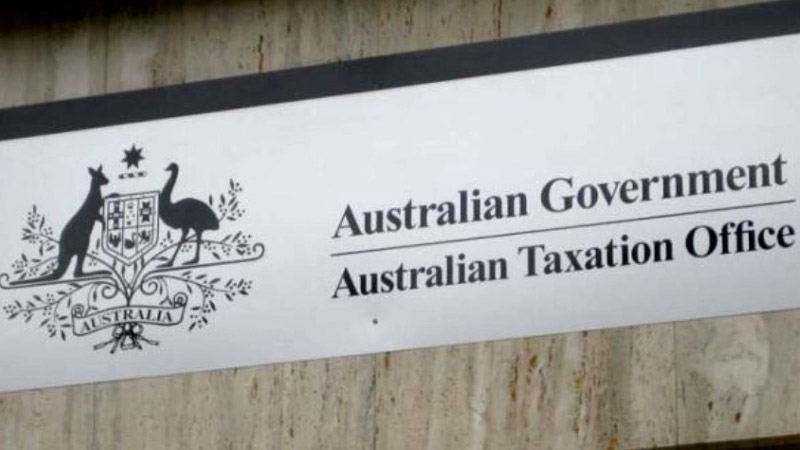Deferred ATO ruling leads to hopes of better NALE approach
The Tax Office’s recent deferral of finalising its ruling around how it will address both non-arm’s length income and expenditure amid COVID-19 has led to hopes within the SMSF industry of a better balance in its approach.
The ATO said recently in PCG2020/5 that it would not allocate compliance resources for a further financial year, 2020–21, to determine whether the NALI provisions apply to a complying superannuation fund where the fund incurred non-arm’s length expenditure of a general nature that has a sufficient nexus to all ordinary and/or statutory income derived by the fund in those respective income years.
Speaking to SMSF Adviser, DBA Lawyers director Daniel Butler said he hopes the ATO’s deferral of making a final ruling will allow it to focus on rewriting the draft ruling to provide clarity and appropriate balance between the taxpayer and its revenue. Hopefully, Treasury will also assist by amending the legislation to provide the appropriate balance.
“The ATO has been given broad power and the downside to SMSFs is substantial. NALI and NALE should be reserved as an anti-avoidance tool rather than seeking to apply it too broadly,” Mr Butler said.
“The Tax Institute, the SMSF Association and a number of other professional bodies provided comprehensive feedback on the revised draft of Law Companion Ruling (LCR) 2019/D3. The professional bodies would appreciate another opportunity to work with the ATO on getting the balance right in the ruling.”
Mr Butler said he hopes the NALI and NALE rules can be administered in line with a practical approach where the lower loss, outgoing or expense relates to a scheme rather than some esoteric test of whether a business resource such as some software or work email is involved.
However, he noted that the ATO’s position in the two draft rulings has “not inspired confidence” and “shows a lack of connection to the real world”.
“Hopefully, the changes to the final ruling, preferably, after further consultation, will result in a better and clearer position that the SMSF industry will find acceptable and workable in practice.”
Mr Butler said he hopes the ATO officers working on the ruling should be guided by remarks from commissioner Chris Jordan in a bulletin from March in which he stated: “If coping with COVID-19 is causing theoretical tax issues for you or for your clients, let us help. You don’t need to agonise over academic, technical arguments: contact us, and we’ll try our best to give pragmatic, practical advice. We’ve already done this on a range of issues, from central management and control to SMSF residency issues to expat tax issues.”
In a blog, Smarter SMSF chief executive Aaron Dunn said that while clarification on the NALE requirements as soon as possible would be beneficial to the industry, he also said in this current environment it is not unreasonable for the ATO to require additional time to finalise their position due to the impacts of COVID-19, especially when practitioners have been afforded that opportunity themselves with SMSF lodgements.
Heffron managing director Meg Heffron said that while it’s unfortunate that the ATO hasn’t finalised LCR 2019/D3, deferring its “no compliance action” for another year was the next best thing.
“The fact that LCR 2019/D3 has not been finalised suggests that some of the impractical elements of the draft are at least being reconsidered,” she said.
NALE amendments have caused ‘concern and uncertainty’, says law firm
According to Mr Butler, the NALE amendments introduced in mid-2018 have caused a lot of concern and uncertainty within the SMSF industry.
He said the ATO’s initial release of draft ruling LCR 2018/D10 caused a lot of concern within the industry given the very pro-revenue spin on the NALE provisions reflected in the initial draft ruling, such as where an SMSF incurred an expense that was lower than arm’s length.
One such popular example was the accountant or adviser who was doing their own SMSF’s accounts or services for free.
“On the basis of the ATO treatment of a general expense incurred by an SMSF that was lower than arm’s length, the ATO said that this had the effect of tainting all of the fund’s income with a 45 per cent tax even though the expense was $1 lower than an arm’s-length cost,” Mr Butler said.
“By extrapolation, this ATO view would result in all future income and capital gains on every asset held at that time of NALE being applied being exposed to 45 per cent tax.
“This has been deeply disturbing certain sectors of the tax and SMSF industry.”

Adrian Flores
Adrian Flores is the deputy editor of SMSF Adviser. Before that, he was the features editor for ifa (Independent Financial Adviser), InvestorDaily, Risk Adviser, Fintech Business and Adviser Innovation.
You can email Adrian at [email protected].









